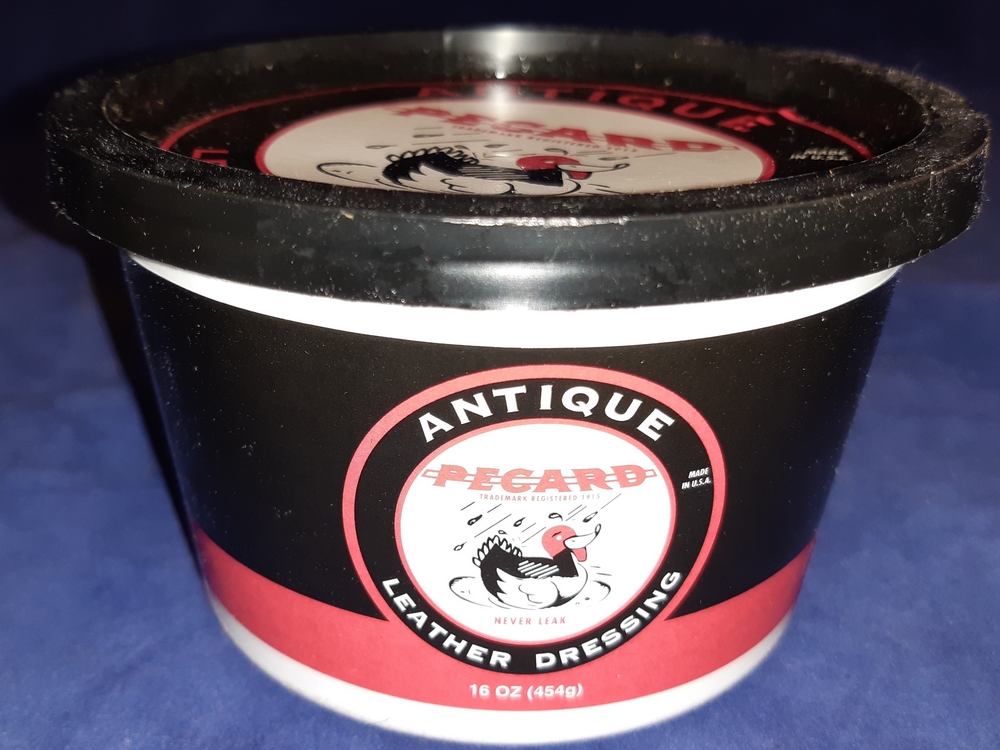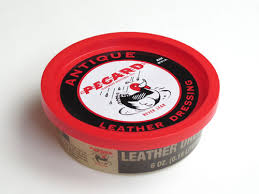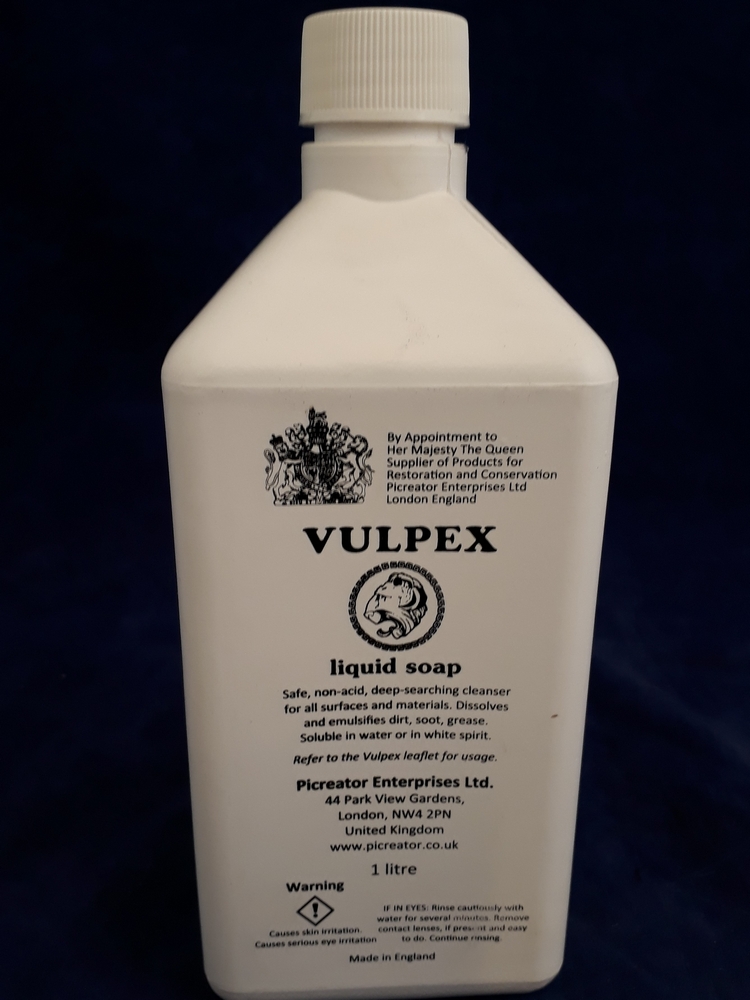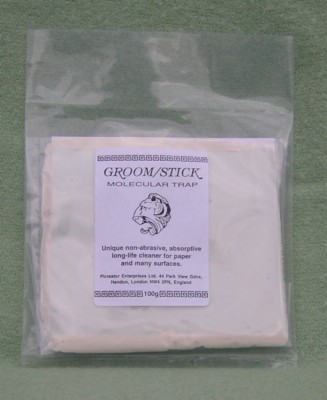Subtotal: £325.00
- Email: dave.r.cooper@btinternet.com
- Mobile: 07964 858098
- Phone: 01538 702738
1 - £325.00
- 1 items
- view cart
Menu
£85.00
2 in stock
RENAISSANCE WAX / POLISH – 3 Litre Bucket
(also avilable in 65ml and 200ml cans – please contact us for details and prices)
An extra-ordinary wax / polish. Restore, refresh and protect your military antiques, furniture, precious metals, cutlery, armour, photography, antiques, art etc… It”s uses are endless. The 1st choice of museums, galleries, professionals and collectors worldwide.
Renaissance wax polish was originally formulated in the British Museum reseach laboratories in the early 1950’s, in response to a discussion amongst museum technicians at an international conference on fine-art conference
In accelerated ageing tests, the British Museum scientists found that all current commercial waxws based on the usual natural waxes (beeswax and carnauba wax) contained acids which, in time, could spoil original finishes on national historic collections of furniture. He rejected them all and investigated the new so-called ‘fossil’ or micro-crystalline waxes being refined out of crude oil. With their distinct characteristics depending on their geographical origins, the new ‘man-made’ waxes could be accurately blended to meet the needs of many industries, from cosmetics and pharmaceuticals to heavy engineering. Thus, the waxes combined Nature’s best qualities with the advantages of modern technology.
The blend which emerged from that research was ‘designed’ for long-term protection of all classes of museum exhibits. At last, museum technicians and others caring for important collections could use wax polish that neither caused future conservation problems nor detracted from the intrinsic values of their treasures.
Commercial production and distribution of the polish was ultimately undertaken in 1968 by the London-based company Picreator Enterprises Ltd, under its trade name ‘Renaissance’. The product was quickly accepted in the international museum world and has become a universally respected standard conservation material – probably the most widely specified because of its almost unlimited uses.
What makes Renaissance Wax so different?
It has a crystalline structure much finer than totally natural waxes, a property that confers a highly efficient moisture resistance. Countless statues and monuments in city streets are now protected by Renaissance wax from weathering corrosion. Arms, armour, steel and kitchen equipment of brass and copper in historic house museums, are kept bright and corrosion-free.
When thinly applied and rubbed out to full lustre, the wax film is (and remains) glass-clear, with no discoloration either of the wax or the underlying surface. Renaissance wax is free from acids (pH neutral) and will not damage even sensitive materials. For example, photographs for exhibition or of historic value are waxed to protect the image from natural acidity of hand or environmental pollutants. The wax does not stain or darken even white paper.
On furniture or wood carvings the wax delicately enhances grain or ‘flame’ patterns. It protects existing finishes such as fresh polish and it can be applied directly to sanded, unfinished hardwoods without need of sealers. Waxing is the last process in hand-made furniture and in the creation of wood, stone or metal sculptures. But it is the first aspect to be appreciated by hand and eye. The clarity and lustre of Renaissance wax makes an instant visual appeal. The silk-smooth touch of the matured wax film gives added pleasure, compared to the ‘drag’ of fingers leaving trails across the softer beeswax polishes.
No matter how often the wax is used there is no loss of clarity, so that fine surface detail is never obscured. Repeated use of the wax deepens the lustre, reflecting more light from surfaces and making them more ‘lively’.
The manufacturers receive hundreds of enquiries asking if Renaissance wax is suitable for a specific surface or project. Invariably the answer is ‘yes’. Its unique qualities make it ideal for protecting all surfaces from environmental attack or handling. The wax is, for example, replacing the preservative oiling of arms and armour in museums. The wax film is hard and dry and does not, like oil, remain sticky and attract atmospheric acidity. Exhibits are more comfortable to handle.
Greasy dirt on waxed surfaces is easily removed by gentle use of a soft rag dampened with paraffin, alternatively, warm water with a little liquid soap. Neither cleaning method will harm the wax film.
should surface repair or restoration be needed, Renaissance wax can be completely removed by rubbing with white spirit (a petroleum distillate). In professional fine-art conservation all treatments must be ‘reversible’ without damage to the original surface, to allow use of better technique.
New ideas for using the wax continually reach the manufacturers. For instance, a model ship maker reported that dipping small-diameter wood drills into the wax almost eliminated drill breakage when working on hardwoods. Steel tools in the workshop no longer suffered from rusting.
Paper kites and model aeroplanes can be water-proofed. The wax reduces ‘drag’ on model boats racing in the water.
Leathershoes of all colours are protected positively with a brilliant shine by use of Renaissance wax. There is no ‘fall-out’ of coloured waxes from brushes to spoil clothes. Ladies’ leather/ plastic handbags are proofed against rain.
Marble is easily stained by contact with coloured liquids. The stains can quickly sink into the surface, which will usually need re-grinding (expensive and inconvenient) to eliminate marks. Makers and restorers of marble-top furniture appreciate the highly protective qualities of Renaissance wax to avoid staining.
Makers/ restorers of violins, ‘eellos and guitars use the wax to protect the varnish from players’ natural acid contact and also from the sticky powdery residue on bow hair.
On the motorcar, Renaissance produces a great shine with an unrivalled service life in all weathers. It can be used successfully on all surfaces: coachwork paint, bright metals, rubber or plastic seals. Inside the car the wax is perfect everywhere, especially on leather upholstery. The wax’s micro-crystalline structure has amazing plasticity. The dry film ‘flows’ under pressure and will not fracture when the seat is sat on.
When applied correctly – in thin layers – the wax is extremely economical in use, so that its initial cost compares very favourably with ordinary commercial waxes. In room temperature, with the can firmly capped, Renaissance has a shelf life of many years. This is due mainly to the extra-ordinary solvent-retention power of the wax. It will remain in perfect condition long after other waxes hace caked hard and become useless.
| Weight | 3 kg |
|---|





PLEASE NOTE: Paypal rules of use do NOT allow us to take payments for antique weapons, inert/ dummy/ display ammunition or Nazi regalia and will limit both your Paypal account and ours if we were to try. However, we are able to take card payments securely online.
We regret we can ONLY supply inert ammunition within the Mainland United Kingdom.
Antique Armoury has over 30 years experience in collecting and exhibiting at British Militaria and Antiques Collectors Fairs. Our services include:
Authentic pre 1946 antique/ collectible Arms, Armour, Medals and Militaria:
Medals, Ribbons, Repairs, Research (into customer’s ancestor’s military service history) and Medal Mounting, Antique and Collectors Military and Sporting Muskets, Rifles, Pistols and Blunderbuss (legally owned) Deactivated Guns and Inert/ Dummy Display Bullets (legally owned) Original and Reproduction Armour Swords, Bayonets and Pole Arms Uniforms and Headgear Helmet Plates, Badges, Insignia, Sabretaches, Waist Belt Clasps, Shoulder Belt Plates and Pouches, Nazi Regalia Military Aeronautica Commission Sales, Ornamental military and heraldic plaques Restoration products, expertise and services.
Personally written local history themed books illustrated talks to local interest groups